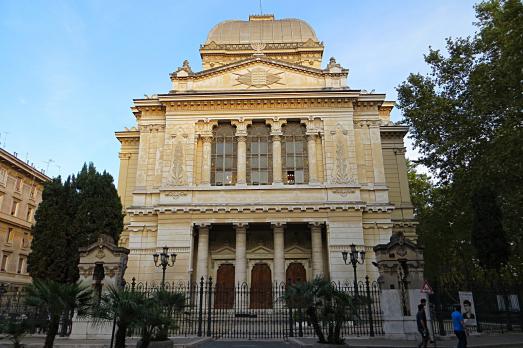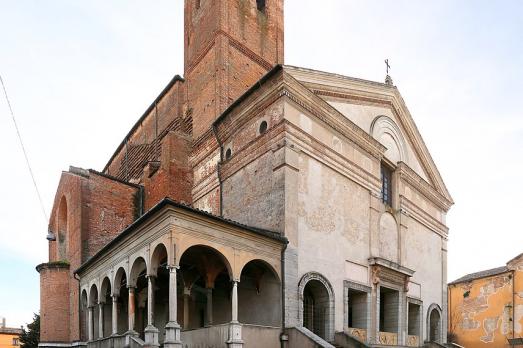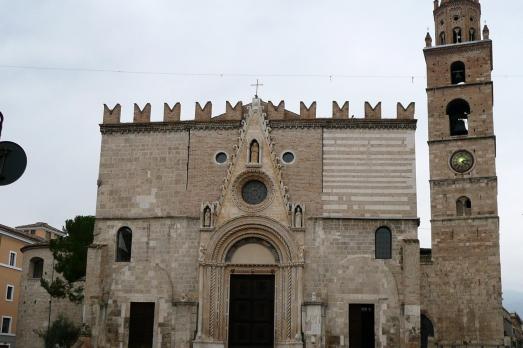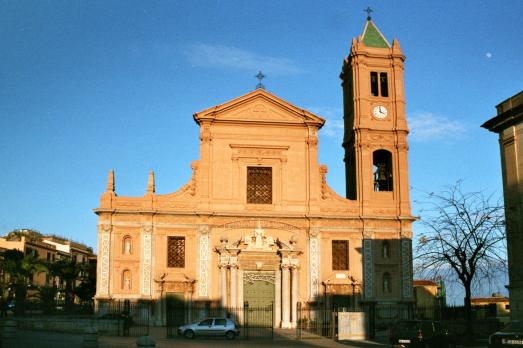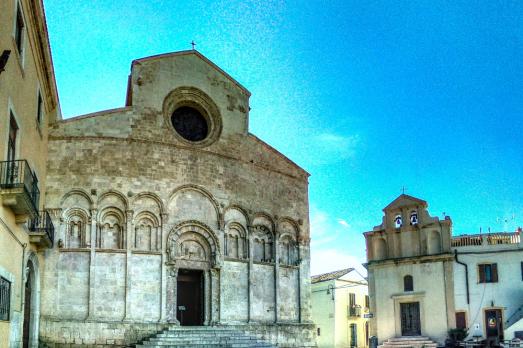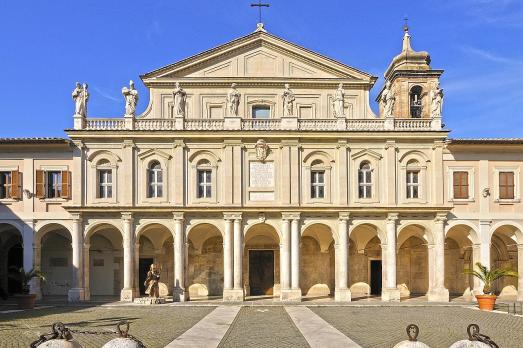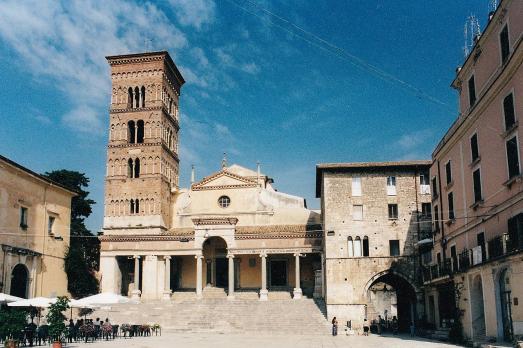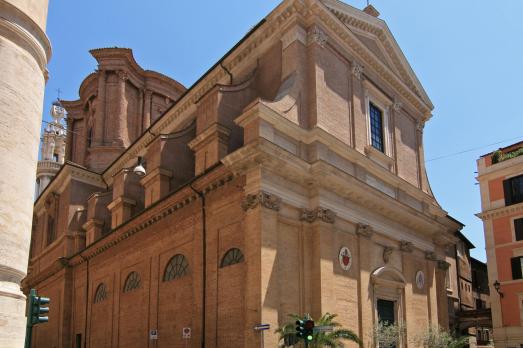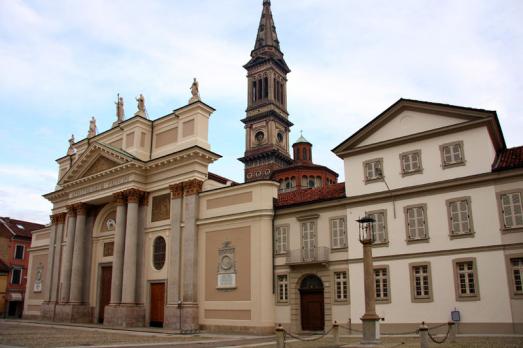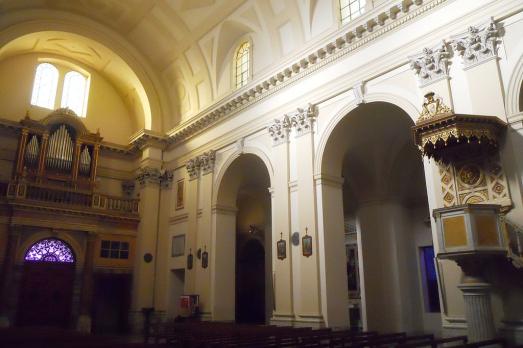
Tarquinia Cathedral
Tarquinia, IT
The Cathedral of Tarquinia was built in 1260 and was elevated to the rank of Cathedral of Corneto (former name of Tarquinia) on 5th December 1435. In the 15th century, it was enlarged by order of Bishop Bartolomeo Vitelleschi, but in 1643 it was destroyed by fire. Rebuilt in a short time, it was then restored in neoclassical style in the nineteenth century according to the plans of Francesco Dasti for the interior and Pietro Magnani for the façade; the intervention, completed in 1874, also involved the enlargement of the structure, with the addition of nine new altars. The church was consecrated in 1879 by the Bishop of Corneto and Civitavecchia Francesco Gandolfi.
